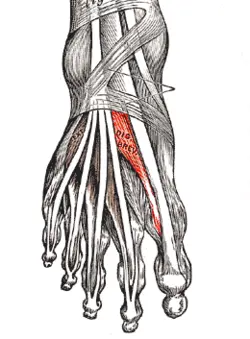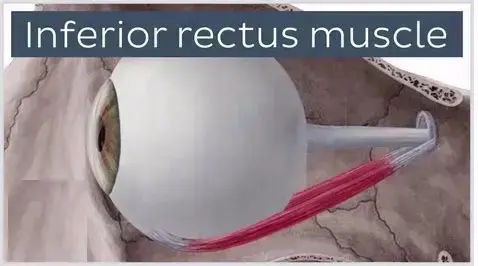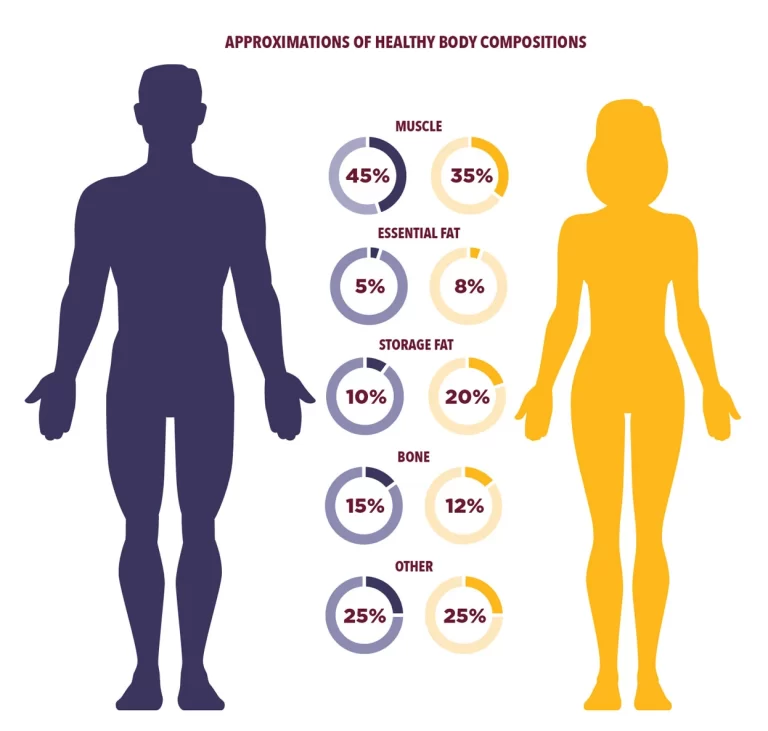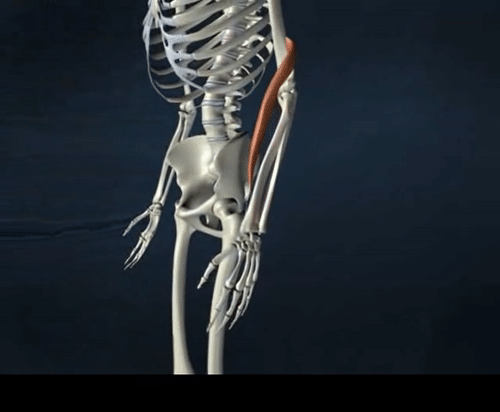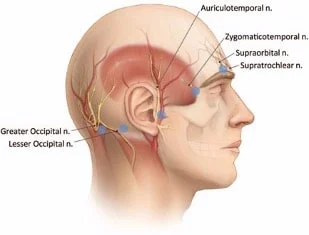Extensor Hallucis Brevis Muscle
What is Extensor Hallucis Brevis Muscle?
The extensor hallucis brevis muscle is one of the muscles located in the human foot. It is part of the extensor muscle group and is responsible for extending and dorsiflexing the big toe.
Originating from the calcaneus (heel bone), the extensor hallucis brevis muscle runs along the top of the foot and attaches to the base of the proximal phalanx of the big toe. It lies deep to the tendons of the extensor digitorum longus muscle, which are responsible for extending the other toes.
The primary function of the extensor hallucis brevis muscle is to assist in extending the big toe at the metatarsophalangeal joint (the joint between the metatarsal bone and the proximal phalanx). This muscle is active during the push-off phase of walking and running, helping to propel the body forward.
Origin of Extensor Hallucis Brevis Muscle
The distal portion of the superior and lateral surface of the calcaneus, lateral talocalcaneal ligament, and apex of the inferior extensor retinaculum.
Insertion
the dorsal surface of the first toe’s proximal phalanx’s base.
Relations
The most medial dorsal foot muscle is the extensor hallucis brevis, which lies medially to the extensor digitorum longus. Together with the rest of the structures located in this foot area, the extensor hallucis brevis is surrounded by the deep layer of the fascia of the foot, which is a branch of the leg’s deep fascia (crural fascia). Inside the dorsal foot part itself, extensor hallucis brevis courses deep to the inferior flexor retinaculum and extensor digitorum longus tendons, while it protects the dorsalis pedis artery and profound fibular (peroneal) nerve.
A small prominence is created by the bellies of the extensor hallucis longus and extensor digitorum brevis anterior to the lateral malleolus. This elevation is remarkable and effortlessly palpable when both muscles are active.
Innervation
Extensor hallucis brevis is innervated by deep fibular/peroneal nerve (S1, S2).
Blood supply
The blood supply for the extensor hallucis brevis muscle arrives from the dorsal artery of the foot, which is a continuation of the anterior tibial artery.
Functions of Extensor Hallucis Brevis Muscle
Acting together with the extensor hallucis longus, the extensor hallucis brevis muscle extends the hallux at the metatarsophalangeal joint. This movement results in returning the hallux from the bent into the neutral position, or in dragging it above the bottom if the contraction continues (hyperextension). This action is necessary for gait, as lifting the big toe clear of the bottom facilitates walking and running.
Clinical Significance
Pain right at the top of the foot and around the toes; problem in lifting the foot upwards; sensing of numbness in the foot; big toe ache; deformities (claw toe or hammertoes).
Common cause: Periodic stubbing of the toes; repetitive kicking; repetitive cycling.
Dorsal foot ache
Entrapment neuropathy of the peroneal nerve caused by EHB ( extensor hallucis brevis )
Extensor hallucis brevis muscle stretching
Big toe stretch
Put the big toe over the border of a step and lower the foot down to flex your big toe in the upwards direction and then maintain the stretch.
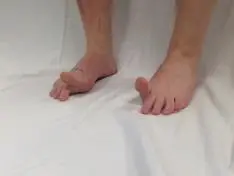
Extensor hallucis brevis muscle strengthening
Big toe extension band
Put a resistance band near the big toe and drag your toe in an upwards direction.
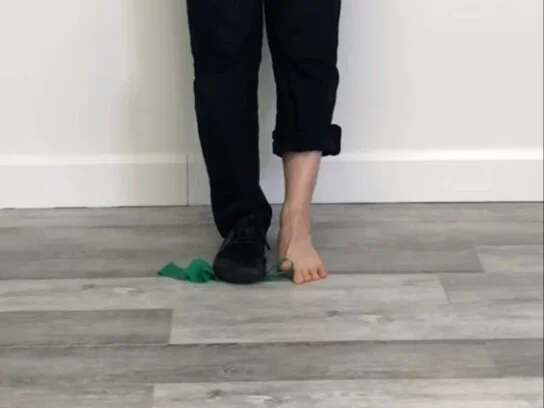
FAQ
Why does my extensor hallucis brevis hurt?
Ache in the extensor digitorum brevis is frequently connected to poor footwear options or periodic walking and running on irregular surfaces that put an excessive workload on the muscles of the foot.
How do you treat extensor hallucis brevis pain?
Rest the involved foot for two to three days. Use it as little as likely to give the tendons a break. While you are relaxing your foot, placed ice on it for 20 minutes every two or three hours. Cover an elastic bandage near the injured site to relieve inflammation, or utilize a brace.
What are the symptoms of extensor hallucis brevis?
Ache right at the top of the foot and around the toes; problem in lifting the foot upwards; a sense of numbness in the foot; big toe ache; deformities (claw toe or hammertoes). Common cause: Periodic stubbing of the toes; repetitive kicking; repetitive cycling.
How do you stretch extensor hallucis brevis?
The extensor hallucis brevis muscle (intrinsic muscle of the foot) is extended by bending the big toe with the foot dorsiflexed at the ankle joint. By bending the big toe while the foot is dorsiflexed at the ankle joint, the extensor hallucis brevis, the foot’s internal muscle, is stretched.
Which nerve Innervates extensor hallucis brevis?
The deep peroneal nerve innervates the extensor hallucis longus muscle.

